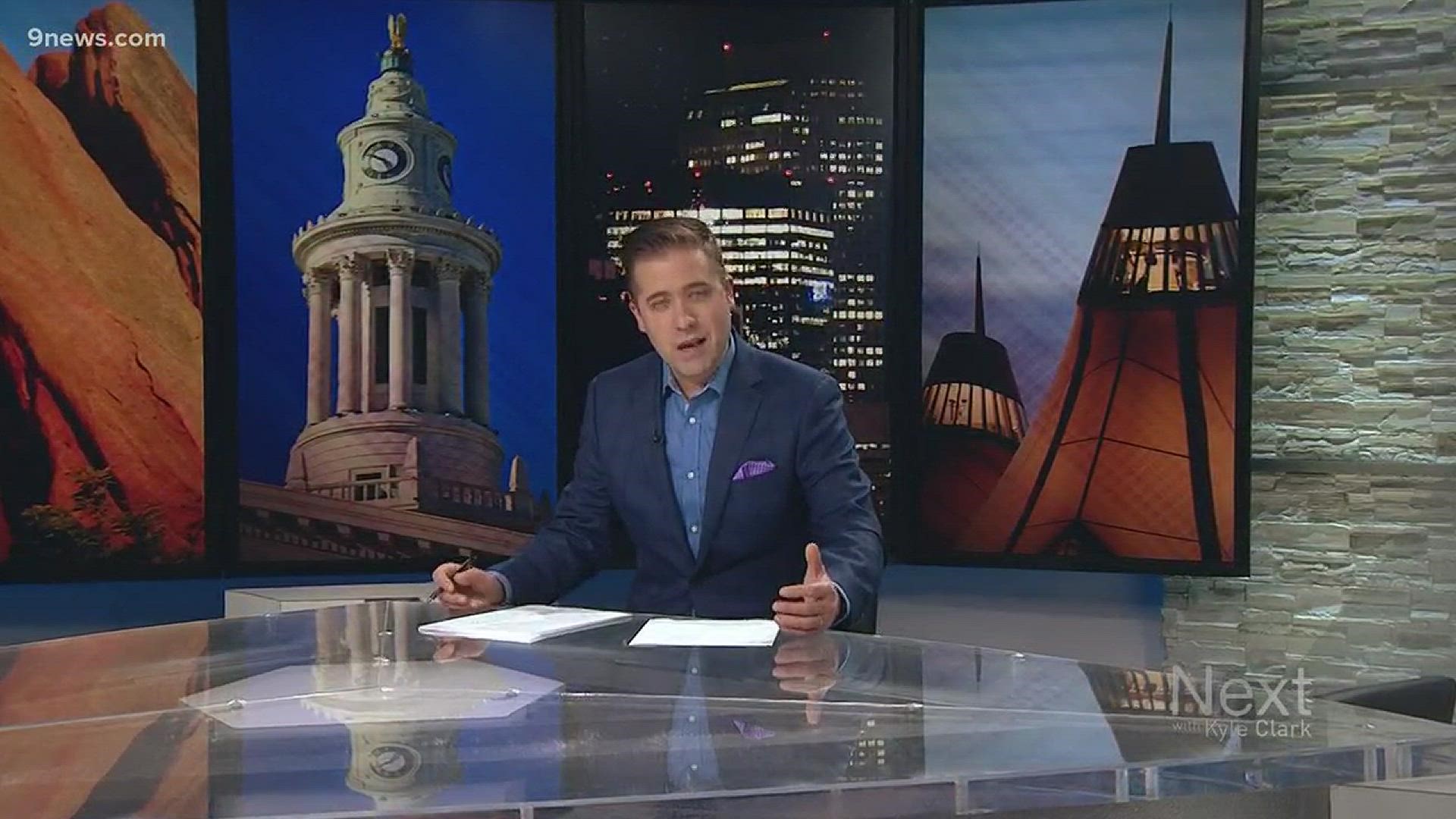DENVER — The "G" in G Line is closer to standing for "Get On Board" Line instead of "Ghost" Line.
The oft-delayed "Train to the Grain" from Denver to Arvada and Wheat Ridge passed two important hurdles with the Federal Railroad Administration on Wednesday, but it still has seven more hurdles to go before one single passenger can board the G Line.
Unlike the A Line, which runs from downtown Denver to the airport, no one will board the G Line until quiet zones are established. While the horns are blowing during testing, RTD will not run revenue service on the G Line until the cities along the rail line get quiet zone approval.
On Wednesday, federal regulators granted the G Line the same constant warning time waiver that the A Line has.
That waiver deals with the amount of time the crossing gates stay down at each crossing. Instead of a staying down for a specific amount of time each time (for example, 30 seconds every time), RTD requested approval for a -5/+15 buffer, which would allow a crossing gate to stay down in that example 25-45 seconds and still comply.
The other approval RTD received from the FRA on Wednesday essentially dealt with the train's positive train control. PTC is the computer system that monitors the train's movement. Federal regulators determined that the G Line's PTC works as designed and has given RTD the OK to demonstrate it, a step needed before it is ultimately certified (which even the A Line hasn't achieved yet).
Despite those bits of good news, there are still seven more hurdles RTD has to jump before passengers can ride the G Line.
1. Colorado Public Utilities Commission (CPUC) must go out and verify that the crossing gates work as promised, within the time that the FRA has approved for each crossing.
2. RTD files a motion to certify that those crossings are good to go, and must wait for the CPUC to agree with that certification, which is done by the CPUC simply not objecting.
3. A plan must be submitted to both the FRA and CPUC for flaggers to be removed from crossings.
4. RTD must request a constant warning time waiver from the FRA, which is essentially the waiver needed to move forward with quiet zone requests.
5. FRA grants the constant warning time waiver.
6. Cities like Arvada and Wheat Ridge file a notice of establishment with the FRA to begin the quiet zones.
7. The FRA has a 21-day waiting period when federal regulators can reject the notice of establishment request, or say nothing. If 21 days go by with nothing from the FRA, the quiet zones are established. Then, and only then, will the G Line be ready for passengers.
Any of the waivers granted by the FRA could be revoked at any time. Right now, RTD is working on a waiver to have the A, B and G Lines running at all. RTD still needs to have the PTC certified for the A, B and G Lines before Dec. 31, 2020.
PREVIOUS COVERAGE:
RELATED: Answers to your A Line questions

